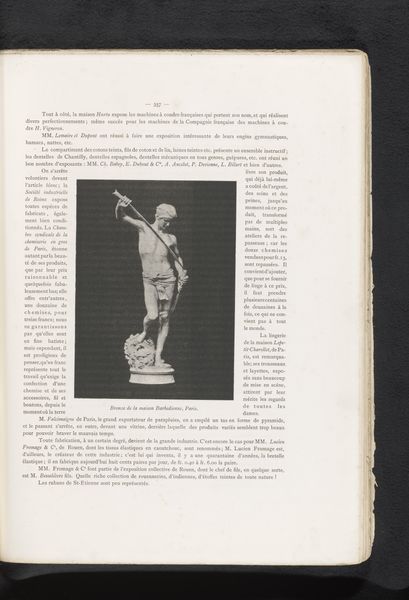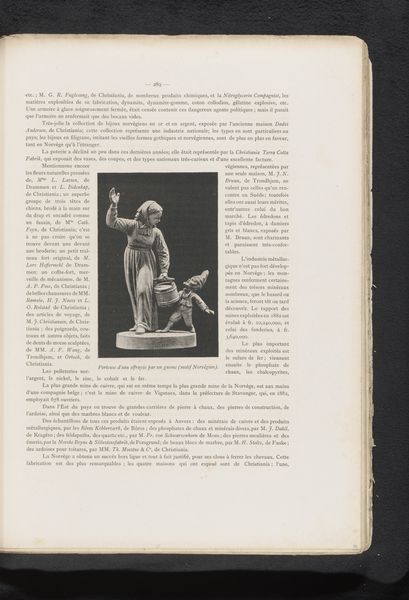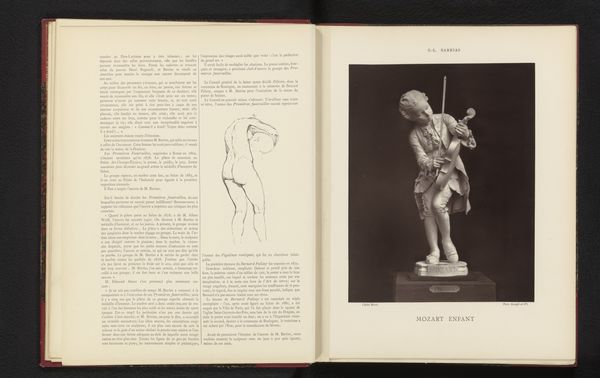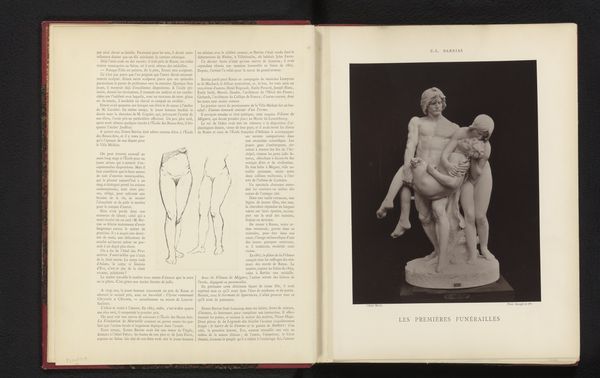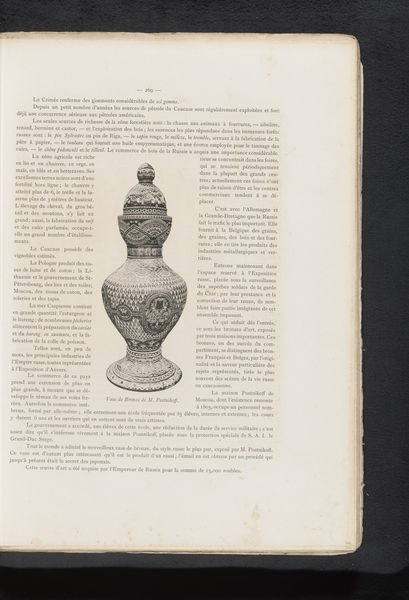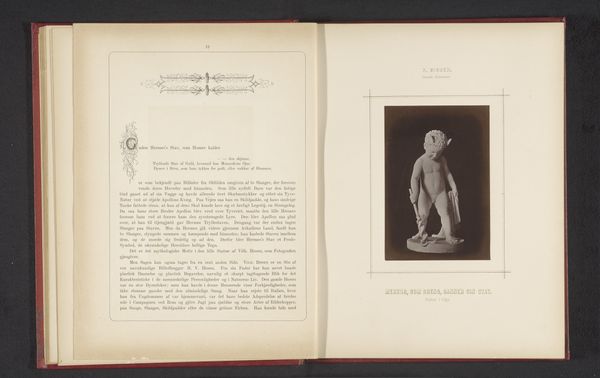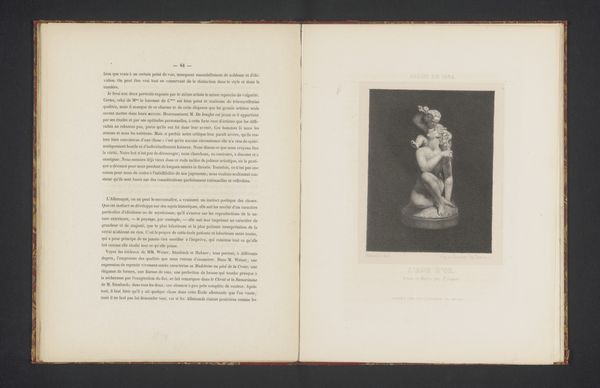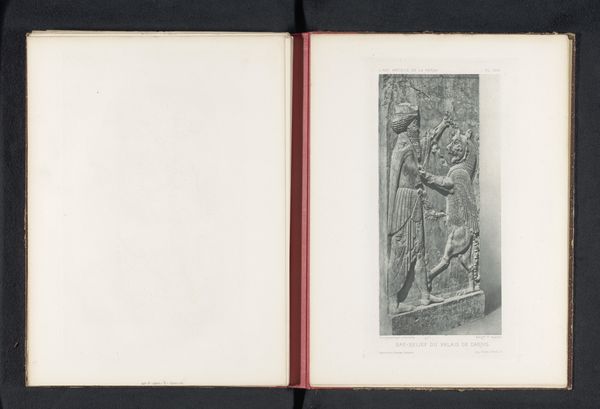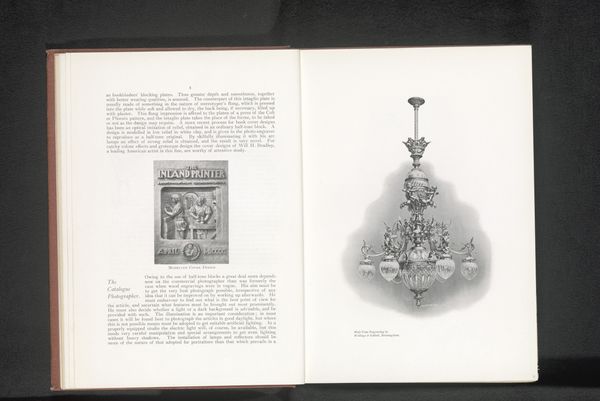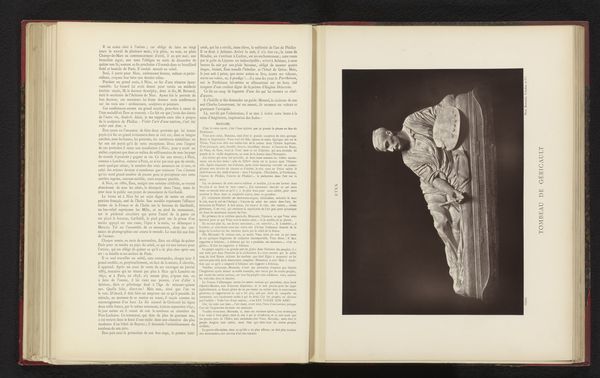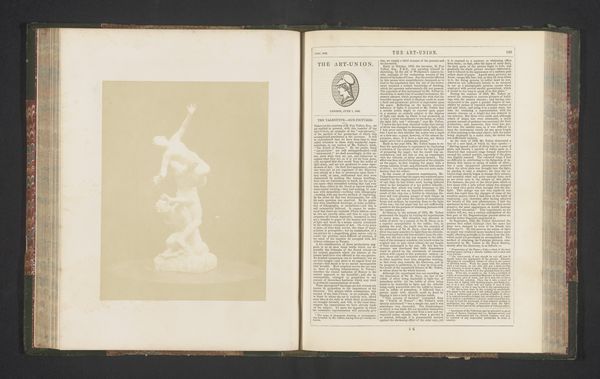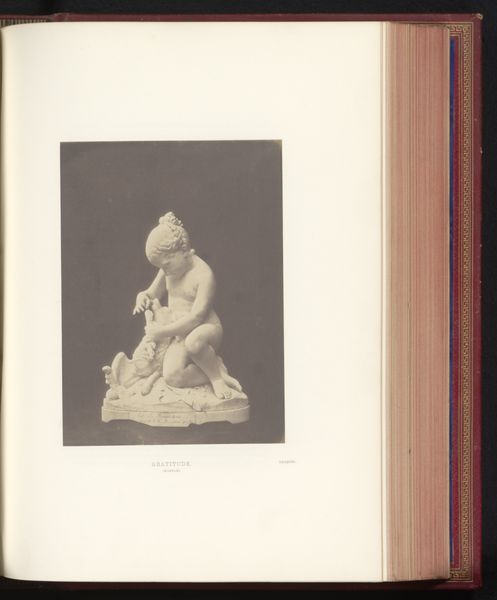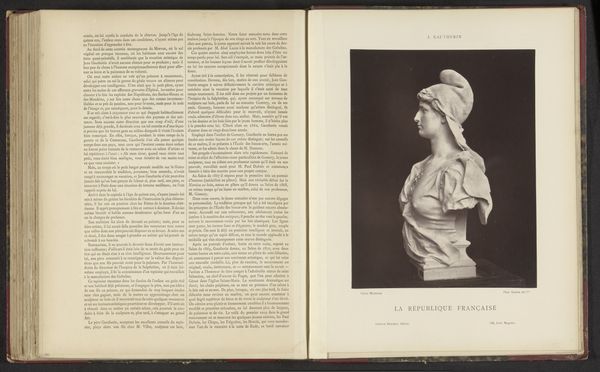
bronze, sculpture
#
portrait
#
landscape
#
classical-realism
#
vase
#
bronze
#
figuration
#
sculpture
#
decorative-art
Dimensions: height 411 mm, width 302 mm
Copyright: Rijks Museum: Open Domain
Editor: Here we have "Sculptuur van twee sportende vrouwen en een gedecoreerde vaas," a bronze sculpture dating from before 1885. It depicts two women in what looks like an acrobatic pose and, separate from that, an ornate vase. What strikes me is the juxtaposition of the classical style of the figures with what appears to be decorative art. What do you see in this piece? Curator: That's a keen observation about the juxtaposition. For me, the figures immediately evoke the history of women and their limited roles within classical art. The depiction of women, seemingly engaged in athletic activity, contrasts sharply with the historically passive and often allegorical roles assigned to them in art before the late 19th century. I wonder if the acrobatic pose suggests a kind of breaking free, a literal and symbolic elevation beyond traditional constraints? How does the presence of the vase play into this narrative, in your opinion? Editor: That's an interesting take. Perhaps the vase, a more traditionally "feminine" object, is meant to represent the roles women were typically confined to? The juxtaposition could be highlighting the tension between societal expectations and the burgeoning agency of women at the time. Curator: Exactly. And consider that decorative art has often been devalued compared to "high" art. Could the inclusion of the vase, alongside these athletic figures, be a subtle commentary on the value assigned to different forms of female expression and labor? Is it suggesting the “decorative” has its own power? Editor: I never thought about it that way, but it makes sense in light of the changing roles of women. Curator: Precisely! It reveals how historical context and social critique can be embedded within seemingly simple artistic choices. It causes me to consider the art on display, as the sculptor used available visual language to describe social situations, reflecting them as one sees fit.
Comments
No comments
Be the first to comment and join the conversation on the ultimate creative platform.
